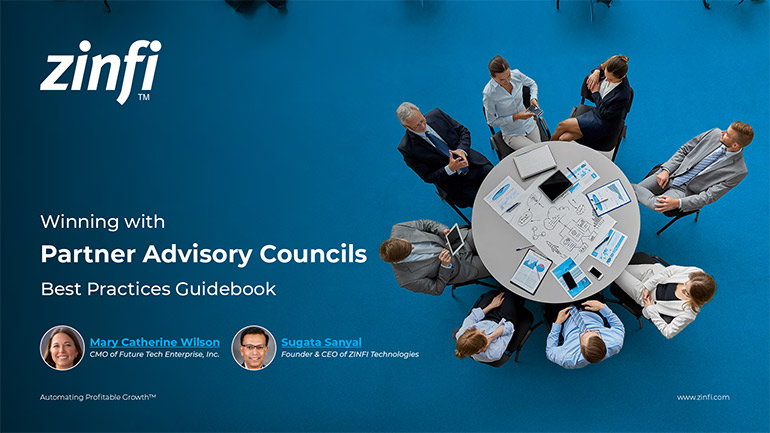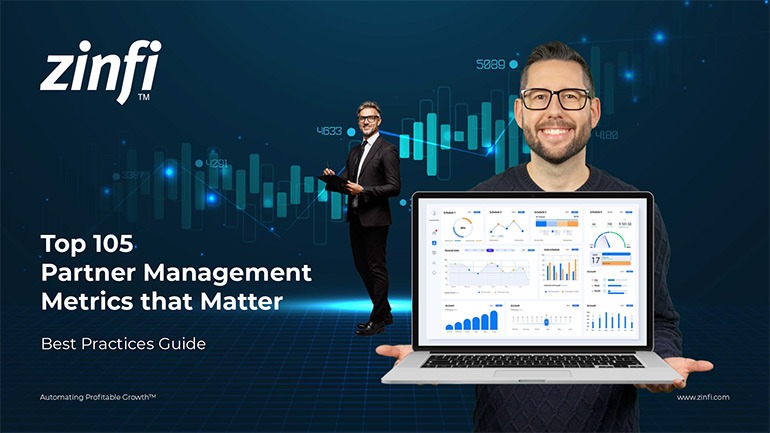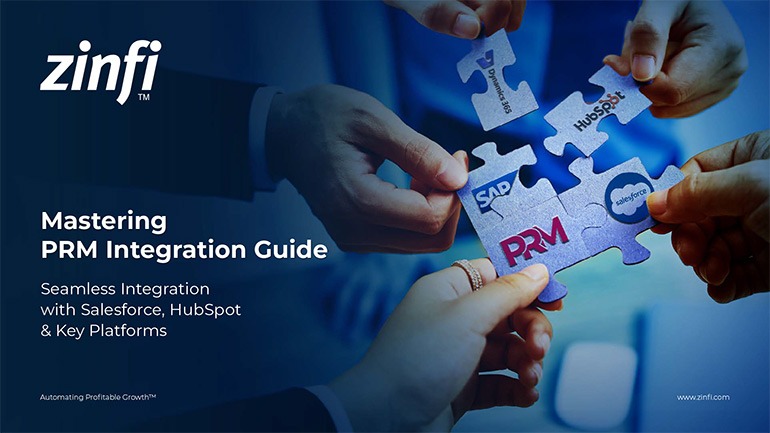Glossary - How to - Co-op Program Optimize
How to Optimize a Co-op Program?
Introduction
A Co-op Program is a marketing partnership between vendors and their channel partners, enabling mutual investment in promotional activities. Vendors provide funding to partners for marketing initiatives that drive sales, expand market reach, and boost brand awareness. Optimizing a co-op program ensures vendors and partners maximize return on investment (ROI), maintain compliance, and drive growth effectively.
In Partner Relationship Management (PRM), a well-optimized co-op program helps streamline fund allocation, automates reimbursement processes, and enhances visibility into partner-led campaigns. PRM automation tools are crucial in monitoring fund utilization, evaluating campaign effectiveness, and improving partner engagement. Organizations can build a more efficient and impactful co-op program by leveraging the right strategies and technology.
Key Takeaways:
- Define Clear Goals and Guidelines:
A successful co-op program starts with well-defined objectives and transparent policies. Establishing clear guidelines ensures partners understand:
- Eligibility criteria for fund allocation
- Approved marketing activities (e.g., digital ads, trade shows, content marketing)
- Reimbursement processes and required documentation
PRM software can help automate policy enforcement, making compliance easier for partners. Documented guidelines reduce confusion, minimize disputes, and improve program efficiency.
- Automate Fund Management and Approval Processes:
Managing co-op funds can be tedious and prone to errors. Implementing a PRM-integrated fund management system allows vendors to:
- Track fund disbursement in real time
- Streamline approval workflows to avoid bottlenecks
- Ensure timely reimbursements for partners
Automation helps partners access funds efficiently, reducing friction and fostering trust.
- Provide Data-Driven Insights for Performance Tracking:
Optimizing a co-op program requires continuous performance assessment. Vendors should leverage PRM platforms to:
- Monitor campaign success through key performance indicators (KPIs)
- Analyze the ROI of marketing initiatives funded through the co-op program
- Identify high-performing partners for additional investment
Providing partners with actionable insights helps refine their strategies and enhances overall program effectiveness.
- Offer Marketing Support and Training:
Many partners lack the marketing expertise to execute high-impact campaigns. Vendors can optimize their co-op program by:
- Providing marketing collateral and templates
- Offering co-branded advertising opportunities
- Hosting training sessions on marketing best practices
A well-supported partner network is more likely to drive successful marketing outcomes, increasing brand reach and revenue.
- Ensure Compliance and Prevent Fraud:
Fraudulent claims and misuse of co-op funds can undermine program success. Vendors should enforce compliance through
- Automated claim verification and auditing
- Regular partner performance reviews
- Strict documentation requirements for reimbursements
PRM platforms with AI-driven fraud detection can help prevent misuse and maintain program integrity.
Summary of Key Takeaways:
Optimizing a co-op program involves setting clear objectives and guidelines to ensure transparency and compliance. Leveraging automation is crucial for streamlining fund management and reimbursement processes reducing administrative burdens. Data-driven insights allow vendors to track campaign performance, measure ROI, and identify high-performing partners for further investment. Marketing support and training empower partners with the necessary resources and knowledge to execute successful campaigns. Lastly, organizations maintain program integrity and ensure effective fund use by enforcing compliance measures and fraud prevention strategies, such as automated claim verification and regular performance reviews.
Key Examples:
- Automotive Manufacturing: Co-op programs in the automotive industry support dealer promotions, localized advertising, and trade show sponsorships. By automating fund distribution, manufacturers ensure efficient marketing execution at the dealership level.
- Consumer Electronics: Electronics brands leverage co-op programs for retail promotions, influencer partnerships, and digital campaigns. Optimized tracking of engagement metrics helps refine future investment decisions.
- Energy Production: Energy companies utilize co-op funds for educational marketing on renewable energy benefits. PRM tools assist in tracking regional marketing efforts and fund utilization.
- Financial Services: Banks and insurance firms use co-op programs to support agent-led promotions. AI-driven analytics measure campaign effectiveness, guiding future fund allocation.
- Food and Beverages: Franchises invest co-op funds in local advertising, packaging updates, and online promotions. Streamlining fund approval processes ensures partners execute timely campaigns.
- Healthcare Services: Medical device and pharmaceutical firms fund healthcare provider outreach and patient awareness campaigns. Compliance tracking ensures adherence to industry regulations.
- Information Technology: IT vendors allocate co-op funds for partner-led webinars, product demos, and content marketing. PRM automation helps track ROI from co-marketing efforts.
- Pharmaceutical Development: Pharma brands co-fund doctor education programs and promotional content. AI-based fund allocation optimizes investments based on regional demand.
- Retail Industry: Retail brands invest in seasonal promotions, in-store branding, and loyalty programs. PRM-integrated analytics track conversion rates from co-op-funded campaigns.
- Telecommunications: Telecom providers support partner sales enablement, local ad campaigns, and social media promotions. Automated fund tracking ensures timely reimbursements and campaign success.
Conclusion:
Optimizing a co-op program requires strategic planning, automation, and continuous performance evaluation. By setting clear guidelines, leveraging PRM tools, and providing partners with the proper marketing support, vendors can maximize the impact of their co-op investments.
From compliance management to real-time fund tracking, automation is key in reducing administrative burdens and enhancing partner engagement. Organizations must stay agile and refine their co-op strategies to maintain a competitive edge as industries evolve.
Investing in PRM-driven co-op program management ensures seamless fund utilization, better marketing outcomes, and stronger vendor-partner relationships.
Associated Keywords:
- Co-Op Marketing Strategy
- Co-Op Fund Management
- Partner Marketing Optimization















